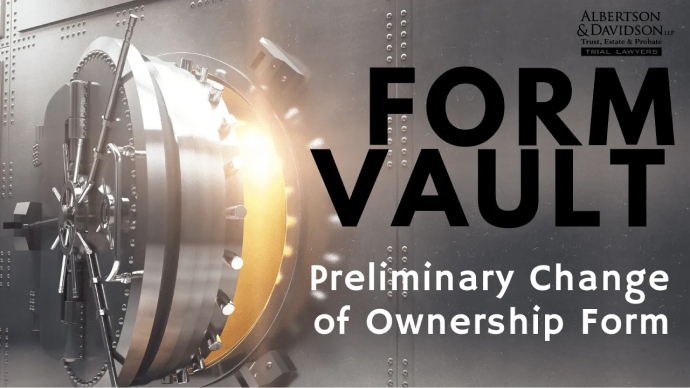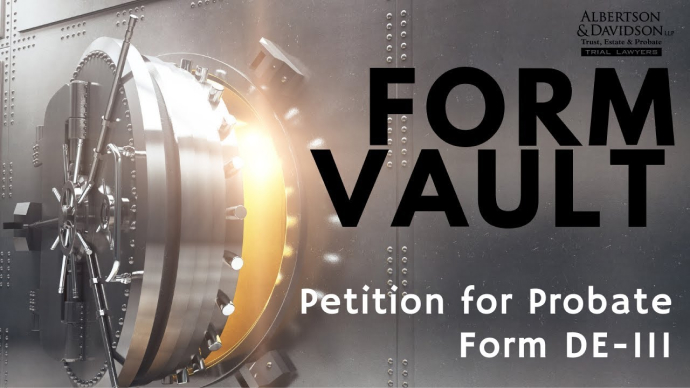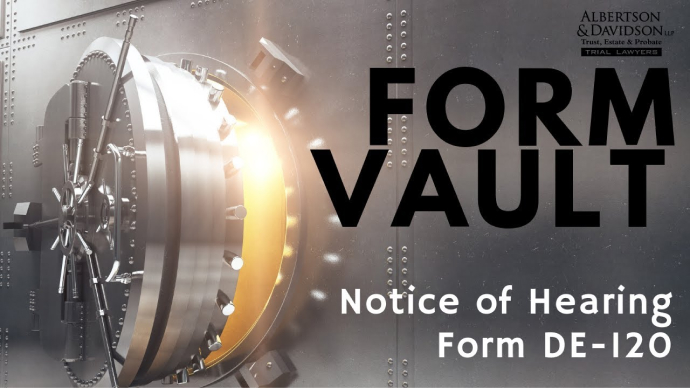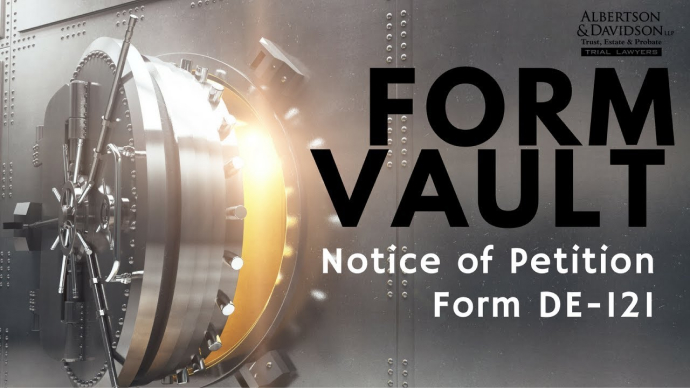Video Transcript
The following is an unedited, verbatim transcript of our video. It is not intended to be a stand-alone article.
We are going to be going through a form called the Preliminary Change of Ownership Report today. The reason that you would fill out this form is for two reasons. The first reason would be is that the County Recorder will not let you file your deed without it. And the second reason is you save you a bunch of money on taxes. The purpose of this form is to notify the county assessor that there has been a change in ownership of a real property. It’s also to notify the county assessor that you may qualify for a tax exclusion.
California Preliminary Change of Ownership Report
So we’ll start at the beginning up in the left-hand corner, you would type in your name. If you’re the one that’s going to be receiving this property – this is your information. So we have decided to name the beneficiary in this instance Jane Smith, we type in her address. Then to the right, what you’re going to be doing is you’re going to be typing the property’s APN number that is located on the deed. So take a look at your deed and type the APN or the Assessor’s Parcel Number exactly as you see it. Next, for our purposes generally in our field we deal with beneficiaries receiving real property through either a Will or a Trust or even an Estate. We’ll say that John Smith is the Trustee of that Trust. The reason we’re not putting her parent’s name in here is because they are now deceased and the one who holds title to this property at this time is the Trustee, John Smith, so this is his name. Under that, the buyer’s daytime telephone number, even though this isn’t a purchase, this phone number would be your phone number if you’re going to be the recipient of this property. Below that, again, under buyer’s email address, that will be your address if you are the one receiving this property. On the left-hand side, you’re going to want to put the street address or physical location of the real property that’s being transferred, so in this case, we have typed an address in. Then you’re going to want to go through each of these boxes below and make sure that’s it’s properly filled out based on your information. For our purposes, generally, the answer to these two boxes are no. If the top box is yes, if you’re intending this to be your principal residence, you’d put yes and you would go ahead and fill in the dates that you intend to occupy the property.
Below that is where you want the property tax information mailed. Again, if you’re receiving this property, you would want to put your information in here. So again, the beneficiary’s name, the beneficiary’s address below that. I actually filled it out a little bit wrong, I’m going to go ahead and move these items, city over here.
Property Transfer Information
Okay, now we get to the property transfer information. You’re going to want to go through this information carefully and check all that apply. If any of these boxes apply to you, you check yes, if they do not apply, you must check no. And we’ll just go through a couple of the ones that we generally use for our purposes. So if you take a look at box A, this transfer is solely between spouses, so if you’re married, you can transfer property between each other without triggering a property tax increase, for our purposes we’re going to say no. B, this transfer is solely between domestic partners currently registered with the California Secretary of State. Again, for our purposes today that’ll be no. C, this transfer is a transfer between parents and children or from grandparents to grandchildren, because our hypothetical is that our beneficiary is the beneficiary of her parent’s estate, we’ll say that this property was her parent’s primary residence and this property is being transferred out of the Trust to her, we’re going to go ahead and say yes on this one. And then we’re going to check this box between parents and children. So that would qualify possibly for an exclusion from reassessment and prevent our beneficiary from incurring additional taxes, but warning, this section would require that you fill out additional form on top of just checking these boxes, and we’ll be going through that form in a different video.
Then we’ll move down to section D, this transfer is the result of a co-tenants death, we’re going to go ahead and say no. Under E, this transaction is to replace the principal residence owned by a person 55 years of age or older within the same county. For our purposes today, this will also be no. And then we’ll go ahead and skip a couple of these, you can go through these on your own time. For our purposes, we generally don’t use those boxes very often. Again, we would have to go ahead and check no on these boxes.
Section K, we do use this section a lot. This is a transfer of property. Number 1, to or from a revocable trust that may be revoked by the transferor and is for the benefit of – and then there’s a couple of selections, the transferor, or the transferor’s spouse or registered domestic partner. Though we do use this section a lot, for today’s purposes, the answer to this is no because our client would be a beneficiary of her parents’ trust. And then the second subsection under K is to/from an irrevocable trust for the benefit of the creator/grantor/trustor, grantor/trustor’s spouse, or grantor/trustor’s registered domestic partner. So again if you’re transferring to or from either a revocable trust or an irrevocable trust, if you are able to check one of these boxes, you may be eligible for a reassessment exclusion and save some money on some taxes.
We’ll take a look at M, this a transfer between parties in which proportional interests of the transferors and transferees in each and every parcel being transferred remain exactly the same after the transfer. Again for our purposes, this is no today, however, this would be, for example if you’re transferring the property and proportional ownership into an LLC, say you and another individual each owned 50% of the property and you’re transferring that same ownership into an LLC, again each of the individuals owning 50% of the LLC, you might be able to check that box.
We’ll go ahead and go ahead to the second page. For the most part we don’t use the second page, if we do use any section at all, it would be part 2. Again for our purposes, it’s not a purchase so that’s why these other boxes below are not checked. However, we can go through section 2, the date of the transfer if other than recording date on that section A, you would fill in the date of death, if you’re receiving it through either a Trust or a Probate, we’ll just say, we’ll use that as the date of death for today’s purposes. Under section B, type of transfer, you would just notify the assessor in this the type of transfer that’s taking place. Again, under section B, we would check inheritance and then the date of death would be here. And under C, you would have to specify if only a partial interest in the property was transferred, for our purposes, we would check no because our beneficiary would be receiving the same or the entire property.
Then Jane would have to sign this form, she would put the date, her telephone number, and that is it, that is the end of our form.




